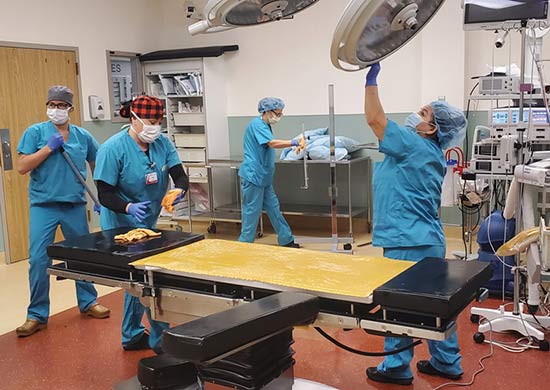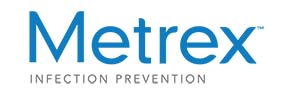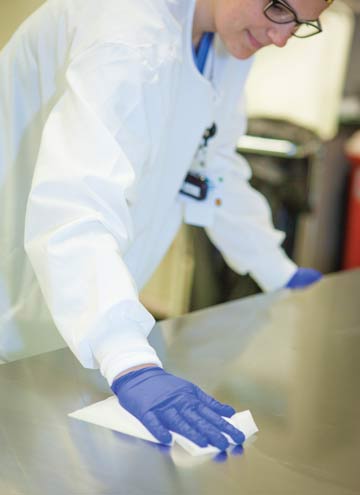Make sure your staff isn’t wasting effort or using cleaning products the wrong way.
 CREDIT: Karen Tjelmeland
CREDIT: Karen TjelmelandTAKES A VILLAGE The delicate ballet seen in the most efficient and safe OR turnovers doesn't happen by accident.
Random spot checks and direct observation are absolutely required to ensure your surface disinfection practices are up to snuff. However, there are extra steps you can take to get an even better handle on just how well this vital task is being performed:
- Define roles. Spell out the exact cleaning duties for each member of your housekeeping and nursing staffs. This will not only ensure all surfaces get clean, but also that none of them get cleaned twice, wasting precious time in the turnover process. Put the assignments in writing so there is no confusion or ambiguity.
- Evaluate cleaning agents. It’s not just about who’s cleaning what. It’s also about what they’re using to clean. Find out if the products being used are best for your facility. Maybe your staff could use a cleaner with a quicker dry time. Maybe sprays would be better than wipes for certain scenarios. Above all, no matter what products your staff uses, make absolutely sure they follow the instructions for use to the letter.
- Monitor and measure compliance. Put together a strategy and schedule for assessing cleaning compliance. How often will you audit staff? How often will you randomly perform spot checks? What tool — such as an adenosine triphosphate (ATP) tester, UV light or fluorescent marker — will you use to check surfaces for residual bioburden that might have been missed?
Ultimately, a solid surface disinfection protocol encompasses the right products, used the right way by educated and diligent staff, with an administrator keeping close tabs on compliance.
.svg?sfvrsn=be606e78_3)



.svg?sfvrsn=56b2f850_5)